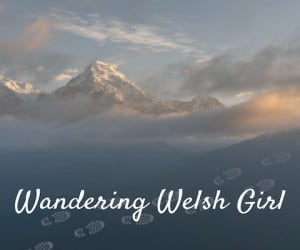Montenegro is known for its stunning coastline, where huge mountains plunge into the clear blue waters of the Adriatic sea. With picture-perfect historic cities dotted along the coast, sandy beaches set in idyllic coves and a hot mediterranean climate, it’s not surprising tourists flock here for their summer holidays from all over Europe, the Balkans and beyond.
Moreover, head inland and the mountains get bigger, the roads become quieter and the tourism opportunities take on a more adventurous spirit.
For those who enjoy driving, Montenegro offers some of the most scenic drives of the Balkans and indeed Europe. Montenegro attracts tourists who travel here purely to drive these spectacular roads either by motorbike, sports car or motorhome.
Whilst public transport is available throughout the country, nothing can beat the freedom and convenience of having your own transport. Whether you want to rent a vehicle or plan on bringing your own vehicle, in this guide we will discuss everything you need to know about driving in Montenegro and include some top tips on how to make the most of your experience.
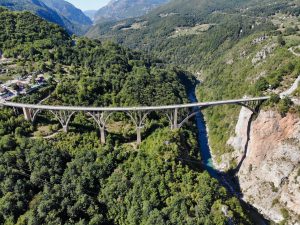
Disclaimer: Some links in this article are affiliate links, which means that if you purchase through them I receive a small commission, at no extra cost to you. This helps cover the cost of running this blog. Thanks for your support!
On our campervan road trip from the UK to Turkey last year, the Balkan countries were our main focus, in particular Montenegro. This country had been on my bucket list for several years so I wanted to spend several weeks exploring this scenic country.
Indeed Montenegro did not disappoint and as a result I wanted to put together this guide for anyone wishing to embark on their own Montenegrin road trip. Let’s get stuck in!
Visa and License Requirements
Tourists can enter Montenegro for a period of 90 days within a 180 day period (timed from the first day of entry). For longer stays or special circumstances such as work permits, then a visa will be required. For all information regarding visas for Montenegro visit this page.
In order to drive in Montenegro, whether it’s a rental car or your own vehicle, a driving license is required. Montenegro accepts driving licenses from most countries.
An international driving permit (IDP) is not required for every nationality so check for your relevant country. Even if not required these may be a useful document to carry incase of problems. An international Driving permit simply acts as a translation of your licence, so it’s used in conjunction with, rather than in place of your national driving license.
These can be obtained online or from driving authorities worldwide. (In the UK these can be obtained simply and cheaply in many Post Offices)
Rules Of The Road In Montenegro
It’s important when driving overseas to understand the rules of the road at your destination. Whilst most countries adopt very similar rules and signs, there are always a few differences which you should make yourself aware of.
Here are some of the important rules that may differ from home:
- Drive on the right side of the road.
- Drive with your headlights switched on at all times.
- Give way to traffic coming from the left. This is a general rule. Also be conscious of road markings at junctions which may be unfamiliar and are often heavily worn.
- Traffic on roundabouts have right of way. Be careful of highway junctions which have the appearance of roundabouts but which prioritise the highway traffic. In this case follow the signs, road markings and traffic lights if present. Again the road markings in Montenegro can be quite unique and are often worn.
- Speed limits are in KPH.
- A solid line with a stop sign means stop. It pays to observe these! Another version has a series of triangles painted on the road, usually approaching roundabouts, which means give way.
- Traffic lights operate in the usual way. Don’t be tempted to jump them even if the locals do!
- Road signs are in Montenegrin (part of the South Slavic group) but most signs around tourist areas are also displayed in English.
- Seatbelts are required by law at all times.
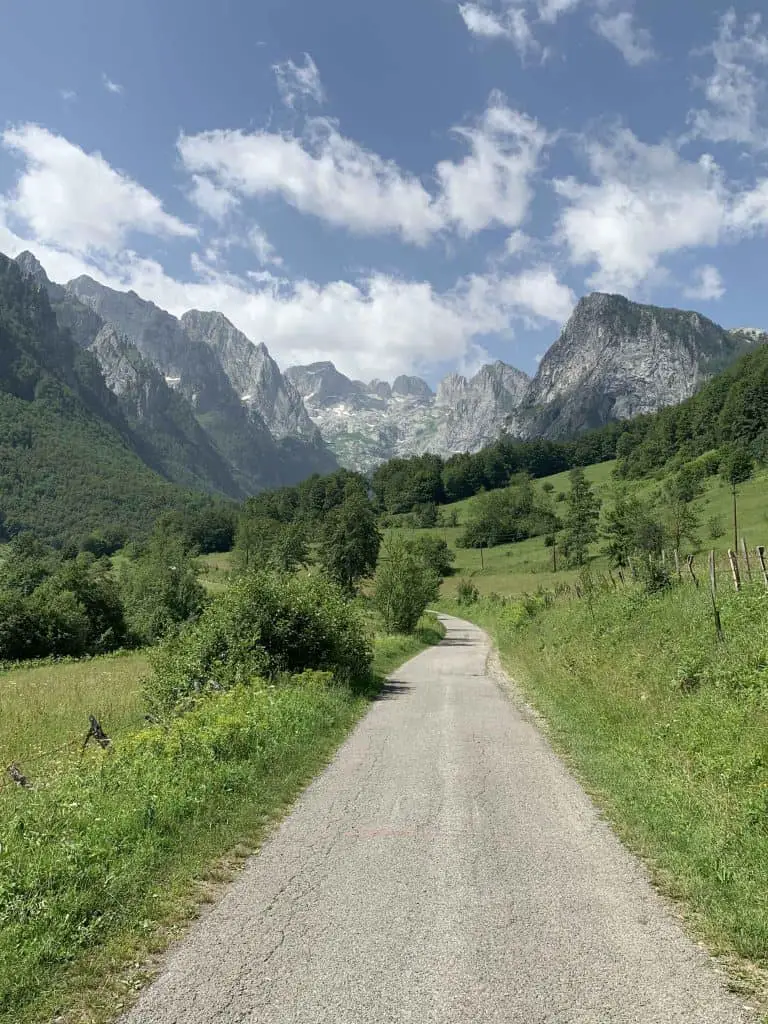
Emergencies Numbers in Montenegro
- Dial 112 for general Emergency services in Montenegro.
- Dial 122 for Police only
- Dial 123 for Fire services
- Dial 124 for Ambulance
Montenegro Speed Limits
The official speed limits in Montenegro for a car are as follows:
- Urban areas – 50 KMH unless otherwise stated
- Highways – 80 KMH unless stated on local signs.
- Motorways – There is a new motorway being built heading north from Podgorica, the speed limit for which is likely to be 100kmh.
Urban areas, particularly on rural roads, begin where you observe the sign showing the town or village name and continue until the same sign with a diagonal line through it indicating the end of the village.
You will often find a speed limit sign where pedestrians might cross and specific warnings as you would expect close to schools and tight bends or accident spots.
Speed limits are controlled either by the use of speed cameras or radar. It is common to find traffic police out and about who are quite keen, so it’s worth being diligent about your speed. Besides it’s a pretty country so there’s no need to rush. If you are caught speeding there will be the mandatory fine to pay or if you are lucky, a ticking off.
The locals however, may be on their way to work and can be a bit impatient at times, so it’s a good idea to pull over from time to time especially if you are driving slowly. Often they will give you a honk of the horn in thanks and it saves them having to pull an F1 style move on you.
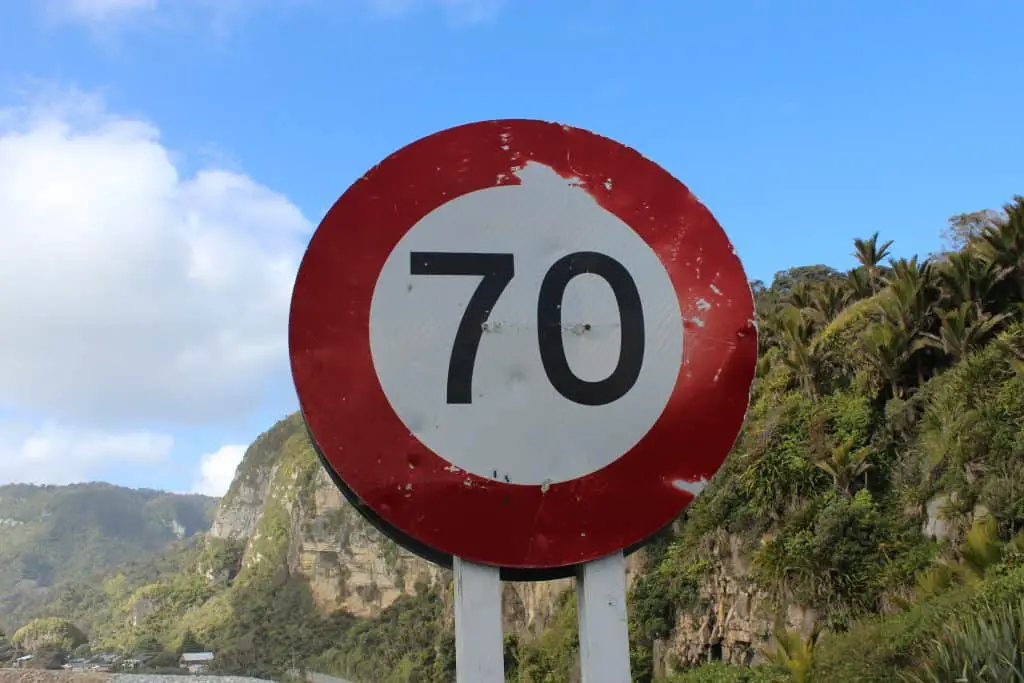
General Tips For Driving In Montenegro
The roads in Montenegro and the quality of the driving are generally good, however there are some points of difference and local habits which you will soon become accustomed to.
Most roads are a standard two-way road, about 6 meters wide. This can feel very narrow when crossing with big trucks on mountain roads! Dual carriageways are relatively rare and only appear around the larger settlements.
Three lane roads appear on mountain highways in order to allow traffic to overtake large vehicles. Take extreme care if using these lanes, especially where the lines indicate overtaking is allowed in both directions.
Montenegro is a land of mountains and as such the roads are almost exclusively mountain roads. That means only one thing, lots and lots of corners. In fact, I’ll bet that Montenegro has more corners per km of road than anywhere else in Europe! This can make for exiting driving but it can also get quite tiring, so allow plenty of time for your journey and don’t expect to get anywhere fast.
Be very aware of oncoming traffic. Cutting corners is not an uncommon occurrence in Montenegro, especially in rural areas where you also may come across the odd tractor or herd of cows too.
Local drivers can seem a little impatient, but remember, they may not be on holiday. Overtaking is commonplace and at times can feel a little ambitious. Also be conscious of vehicles overtaking oncoming traffic and be prepared to slow down to let it happen safely.
Cars pulling out in front of you is another possibility to be aware of. It happens from time to time so it’s best to take a relaxed approach at all times. Indicators, it seems, are optional for locals so don’t expect all manoeuvres to be well signalled.
On our trip, Google Maps worked perfectly and accurately in all areas of Montenegro so renting a GPS isn’t necessary. I recommend buying a local sim card so you always have data. We picked up a local sim for 10 euros. This covered us for 15 days and provided 100GB of data. For 15 euros this is extended to 30 days.
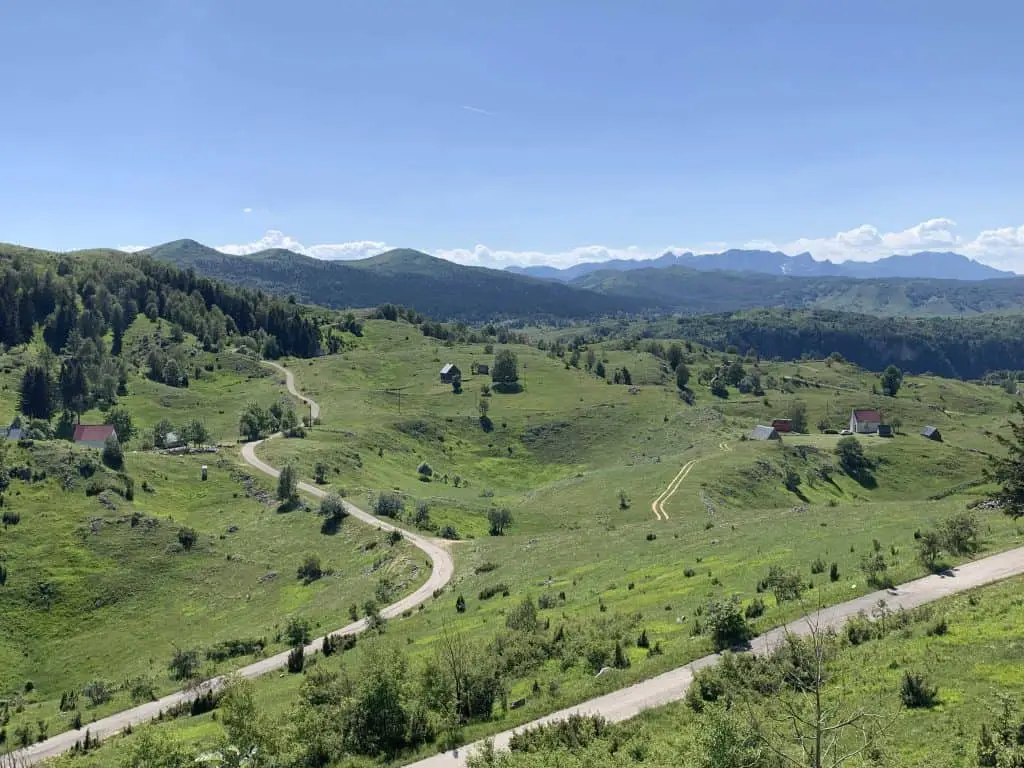
Parking
Along the busy coastal areas such around the Bay of Kotor you will find parking to be a bit of a challenge, especially during peak summer months. Beaches generally have large parking areas where parking fees range from free to outrageous, depending on how close you are to a particularly famous spot.
Venture out early in the day if you don’t want to walk too far or pay too much. Also, choose accommodation with parking included to avoid these stresses, particularly around Kotor Bay, Budva, Herceg Novi and Sveti Stefan.
If you’re enjoying this content please consider giving me a follow on social media
Road Conditions
Although the road conditions are generally good in the coastal areas and cities, they can become a little broken up in the rural areas and big mountain regions.
The coastal areas get heavy traffic during the tourist season since Montenegro is a hugely popular summer holiday destination. Even here though there are some stunning mountain drives such as the road from Kotor to Cetinje, which has an epic series of switchbacks with stunning views of the bays below. This road gets quite narrow and can be busy, so the best time to drive it is early morning or late afternoon, allowing you to avoid the big tour busses!
The coast is heavily populated through cities such as Kotor, Budva and Herceg Novi. The road winds its way around the bays and over hills as you make your way slowly along this bustling and pretty region. Allow plenty of time to enjoy the views and be patient through the towns.
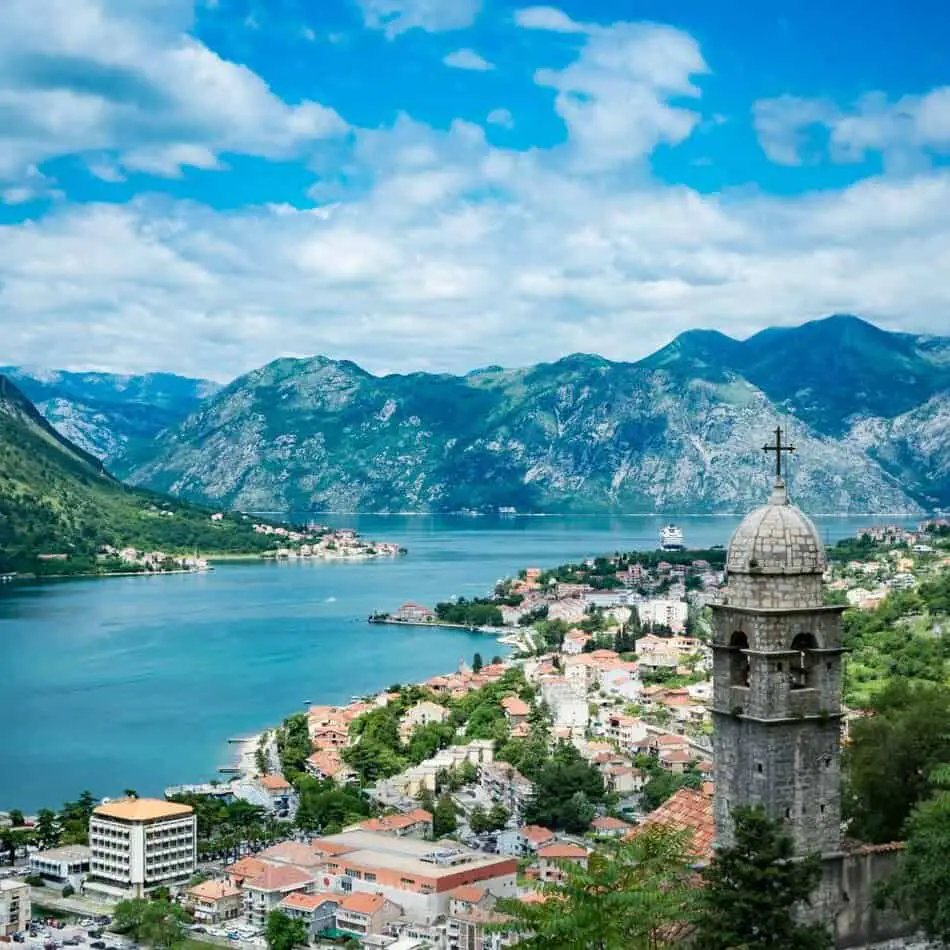
Head inland and everything changes. Gone is the mass tourism, replaced instead with quiet roads, winding through rolling hills and mountains. Here the road conditions can vary, particularly on the drive to Prokletije National Park. Expect potholes and broken-up tarmac, with tight bends and numerous tunnels.
Many tourists come to Montenegro to simply drive through this stunning countryside on these quiet mountain roads which have vistas around each bend.
Montenegro has a well developed network of Panoramic Roads which criss-cross the country. These are well marked by brown signs with a panorama symbol and the number of the route from 1 to 4. There are even some diversions along the routes such as 3A, 3B and so on. It seems wherever you drive in Montenegro, you are likely to be on one of these scenic drives as the stunning scenery is really endless.
One of the most popular areas for driving is in and around Durmitor national park, which attracts motorcyclists in particular from all over Europe to drive the route around the park.
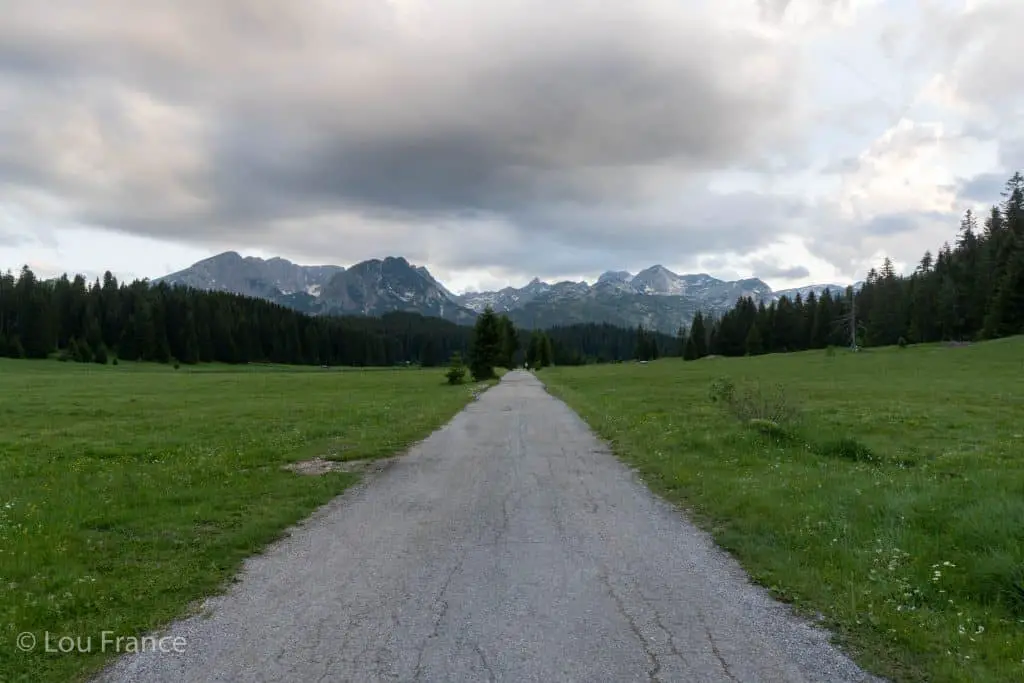
Road Tolls
On our recent visit to Montenegro, we didn’t encounter any road tolls, but a soon-to-be-opened expressway heading north from Podgorica will no doubt demand a fee.
Seasonal Considerations
Montenegro is blessed with a typically mediterranean climate. Summers tend to be very hot whereas winters can be anywhere between really mild on the Adriatic coast to seriously cold as you head further inland and up into the mountainous areas.
In summer, most hire cars will come with air conditioning and if you plan on bringing your own vehicle to Montenegro, this should definitely be worth a consideration. Your vehicle will also need a very effective cooling system to cope with temperatures in excess of 40 C.
Montenegro is well known for its summer sunshine but when it rains, it pours, and big storms can cause localised flooding. Aquaplaning is a potential risk along with very poor visibility, especially on rural roads which are unlit and often have poor road markings. Care is needed at times of harsh weather.
In winter it can get mighty cold. It is advisable to carry snow chains and consider fitting winter or all season tyres, as you would need to for driving in much of Europe. If hiring a car in winter it is advisable to check with the provider if they have winter tyres available or consider a 4WD.
Mountain roads are cleared during periods of snowfall but road gritting, especially in more rural areas, is less likely to be carried out. So be extremely watchful for ice on winter roads, especially on hills and in the mountains.
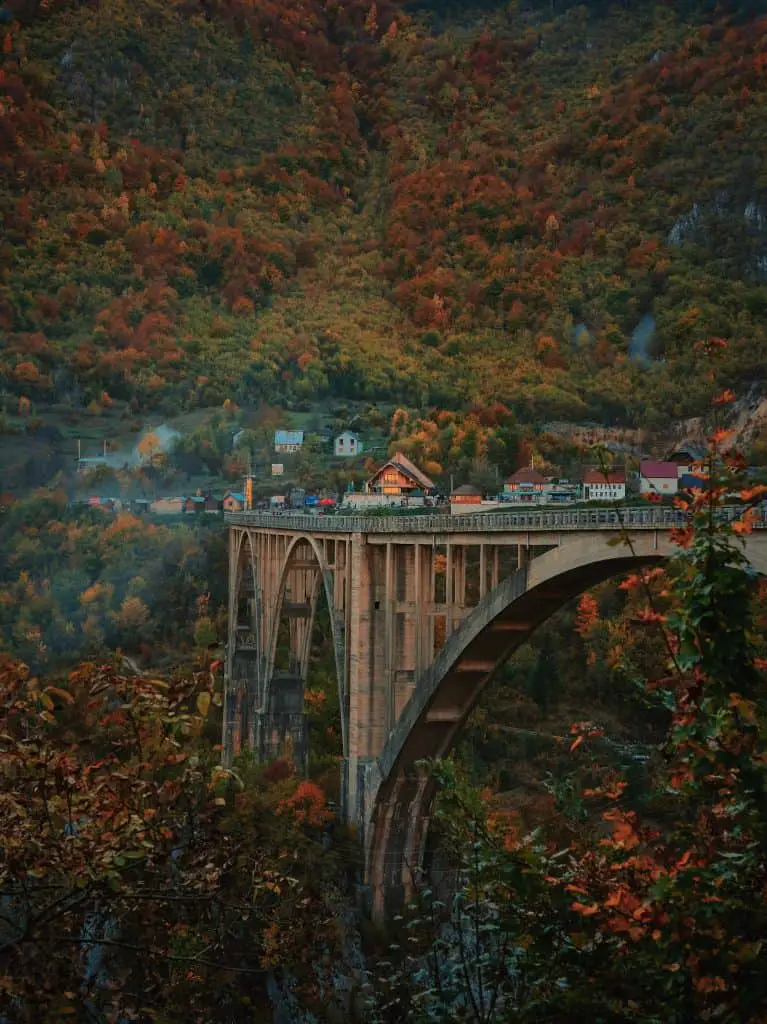
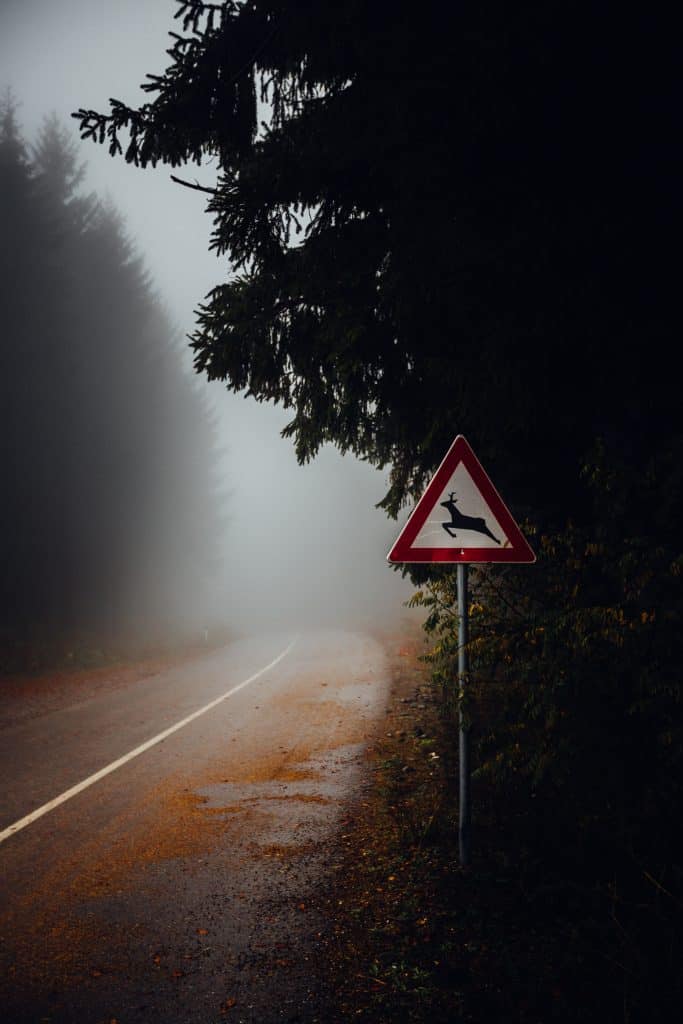
Check Points
It is quite common to find police check points in Montenegro. These can be anywhere but especially close to sensitive borders and military zones. Don’t panic as these guys are generally very polite (especially to tourists) and will most likely wave you straight through. If they do stop you, however, they just want to check your documents are all in order.
Renting A Car In Montenegro
Montenegro has a highly evolved infrastructure to support tourism and business travel alike. Hiring a car is fairly easy. Most of the big multinational hire car companies are represented at the main international airports as well as some very good local operators.
It’s also possible to hire a car in a neighbouring country such as Serbia or Croatia and drive to Montenegro from there, but ask your rental company about this option first. If you plan to rent in Montenegro and travel to other Balkan countries, check with the rental company beforehand. The Green Card in Europe has now been scrapped and most of the Balkan countries have their own mutual agreements. But again, agree your plans with the rental company first as there may be fees involved.
The well known multinationals offer good service as you would expect, in line with the standards that you receive in the rest of Europe. All rental companies will try to up-sell additional insurance services and it is advisable to factor this cost in when making your purchase.
For a good deal on car rental I suggest Local Rent, as they will search for all the best deals and specialise in hiring cars in this region. Although the capital city of Podgorica offers little interest to tourists, it’s a useful place to pick up your rental car as the traffic here is fairly calm and the roads are easy to navigate. An easy introduction to driving in Montenegro!
The minimal rental age in Montenegro is 21 and as a young driver (under 25) you may be expected to pay additional fees. In order to rent a car you will need to show your passport and drivers license and may be required to pay a deposit via a credit card.
All sorts of vehicle are available to rent including 4WDs and there are also companies specialising in the hire of camper vans and motorhomes.
If you plan to head into the mountain areas it might be worth considering a 4WD, especially in winter. If you have a passion for driving then I would suggest hiring a car that suits cruising around the mountains in the sunshine. (A little soft top sports car might be a fun option if you don’t have much luggage).
Cars tend to be of a good standard but it’s advisable to check them over on collection, especially tyres, and lights, and especially so in winter. They should also come supplied with suitable safety equipment such as first aid kit, warning triangle and spare bulbs, to conform with the country’s legal requirements.
Driving your own Vehicle
It is relatively straight forward to drive your own vehicle in Montenegro. Whether a car, motorbike, camper or motorhome. Here are the key requirements:
- Safety equipment – this is the same as for Europe ie warning triangle, first aid kit, high visibility jacket, spare bulbs.
- Sticker denoting where your vehicle is from eg. UK, D, F, NL etc.
- Driving License.
- Documents for vehicle (eg For UK registered vehicle this would be your V5 document).
- For a winter trip, snow chains are highly recommended.
- All season tyres rated for use in snow are highly recommended for Montenegro in winter. It’s also worth noting that in some EU countries they are a legal requirement in snowy conditions, so if your journey takes you through these countries you may want to consider fitting all season or snow tyres. Here are the current tyre rules for Europe.
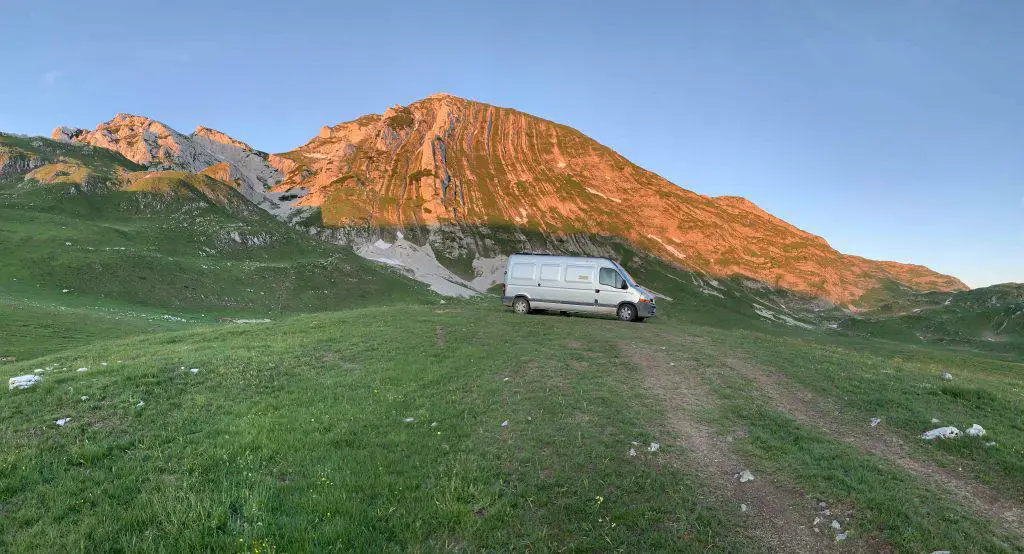
Insurance
UK and EU vehicle insurance policies may not include cover in Montenegro as standard. It is definitely worth checking with your vehicle insurance provider and getting the cover added if necessary.
Insurance cover can also be bought within Montenegro, usually at the border. In 2022 we entered Montenegro from Serbia through the less used Jabuka border where the insurance office had closed down. The police at the border assured us insurance wasn’t necessary but we knew this was unlikely!
As our UK insurance didn’t include Montenegro we bought local cover from an insurance agency in Zabljak, which is the gateway for a visit to the Durmitor mountains. The office is opposite the Tourist Information Office in the centre of town, who also have their phone number. We paid 15 Euro for 15 days. It is basic cover but will keep you on the right side of the law.
Border Crossings
Border crossings between Montenegro and its neighbours are very routine and relaxed. Passports and vehicle registration documents are all that is needed. They may also ask to see your driving license. If you have an insurance policy for Montenegro, have that available or see the paragraph above.
Follow the lines through the border that corresponds to your vehicle and have your documents ready to hand to the officers. The second window will usually be the customs who will often take a look in your vehicle or wave you straight through.
Breaking down
If you have breakdown cover for Europe it will be a good idea to check that it is valid for Montenegro, just to be sure.
Montenegro is a sparsely populated country so finding a workshop in the case of a breakdown might prove difficult in the rural areas. You will find the telephone number for plenty of car recovery companies painted along walls and safety rails of many popular routes, incase you break down.
Mechanics in Montenegro tend to be very capable although often very busy. Spare parts are available, especially in Podgorica. (Auto Djelovi/ Next Auto, Cemovsko bb,81000, Podgorico is a good modern parts shop.)
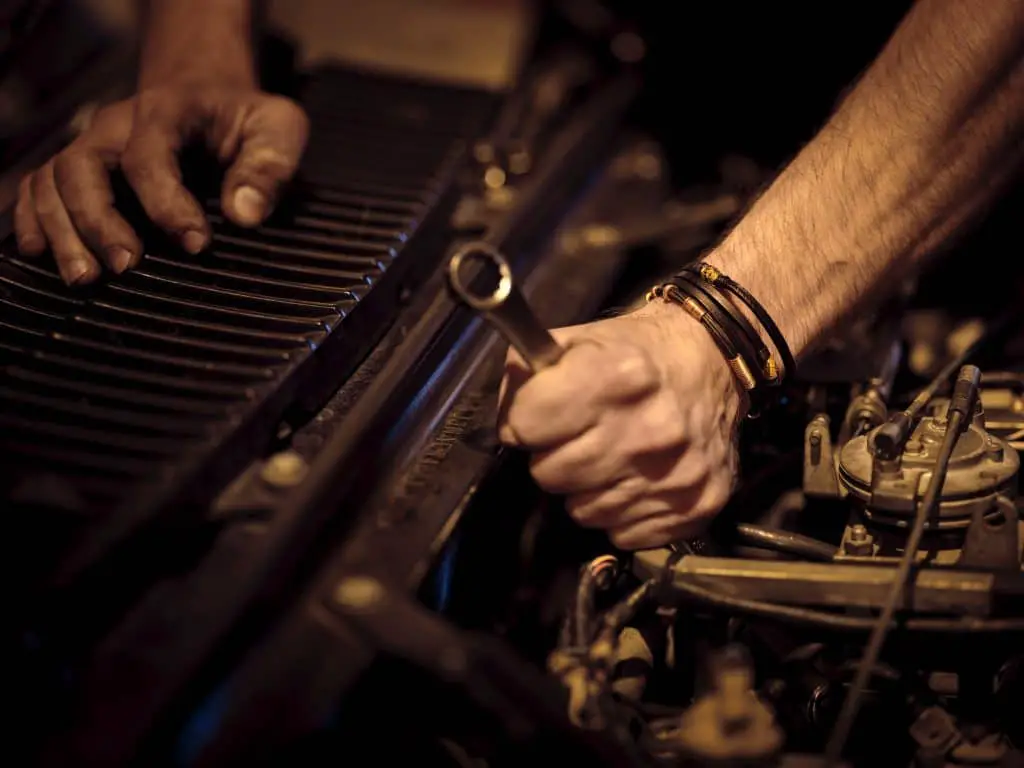
Campers and Motorhomes
Those planning to make a tour of Montenegro in a camper or motorhome will find a fabulous world of adventure lies ahead of them. Travelling in Montenegro with a campervan will allow flexibility to explore some of the more far flung areas, visit some lesser known and quieter sites and camp in some amazing wild spaces with incredible mountain views.
Not only does Montenegro have a great selection of campsites catering for vans but wild camping is widly tolerated (although technically illegal). Be sure to leave no trace and ask permission where possible.
National parks have camper-friendly areas and charge a small fee to stay overnight (often 3 Euros for the vehicle per night).
One consideration will be finding places to empty cassette toilets and grey water in a responsible manner. Staying in campsites at least every few days might be advisable to deal with this. We found public toilets to be few, especially in the rural areas.
Discover all my top tips for converting your own campervan here.
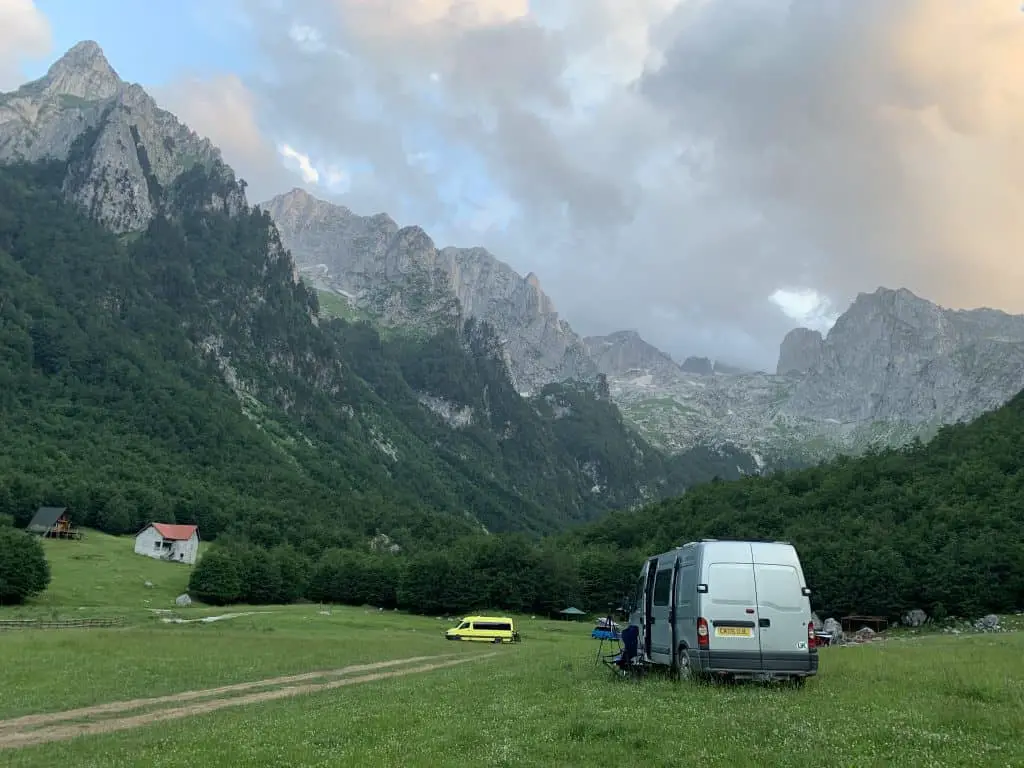
Driving In Montenegro Summary
For many Montenegro is an idyllic summer holiday destination with pretty beaches and historic towns, but venture inland, up the mountains and a whole world of adventure can be discovered. Where the coastal areas get quite busy in the peak season, the national parks inland remain comparatively quiet.
Montenegro is perfect for those looking for adventure, with various activities on offer from hiking to white water rafting to zip lining. For the driving enthusiast the scenic routes cover the entire country, with some really remote mountain and forest roads to explore.
This Balkan gem is a small country so it is possible to explore by road comfortably in a week, although you’ll need longer if you want to hike or have relaxed days on the beach. The roads are generally in good condition although they are typically quite narrow and windy, which means maintaining a good level of concentration throughout.
Car rental is easy and straightforward, so with beautiful countryside, stunning roads and a hospitable population, Montenegro is a great little country for a really spectacular road trip.
Join My Newsletter Today!
